
Impacts of Climate Change Across Maine
Jack Sullivan, Island Institute
What’s Coming Our Way
Climate change impacts are already sweeping across Maine. As the state continues to warm faster than the global average, climate change will affect the ecosystems and way of life in all regions.
Click on any zone to view examples of current and expected impacts from climate change in your area.
Central Climate Zone
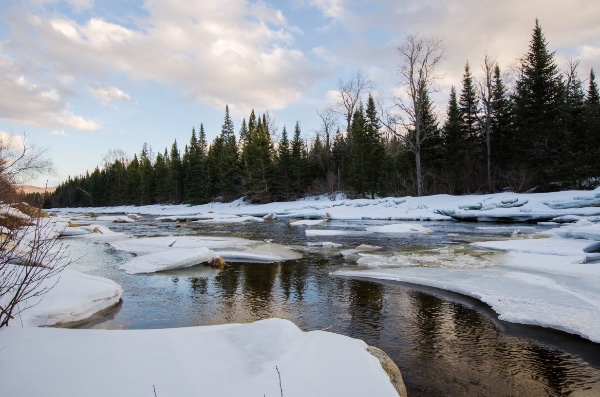
Landscape
Winters are now shorter and summers are longer by about two weeks compared to a century ago. In fact, Maine’s winters are warming faster than any other season. The increased length in the warm season has occurred mostly in early fall, in turn extending the growing season by 16 days on average statewide since 1950. Despite this, some years have seen killing frosts in late spring/early fall. These trends are expected to continue over the next century.
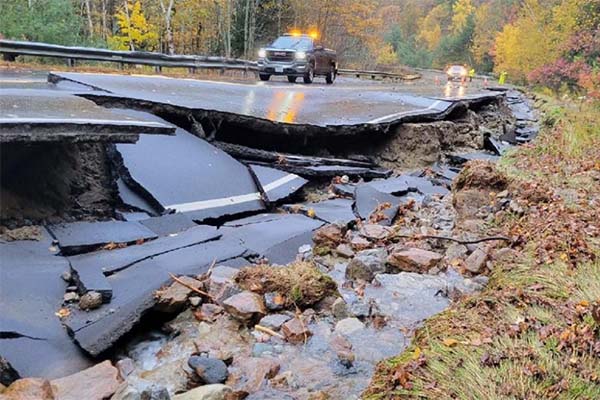
Infrastructure
Intense downpours (2 inches or more) are on the rise in Maine. When a large amount of rain falls in a short amount of time, small watersheds can flood suddenly, potentially damaging culverts, roads and bridges. Flooding also puts people, homes, drinking water, and waste systems at risk. Hundreds of statewide culverts are not designed for the expected future precipitation extremes.

Health
Extreme heat in Maine has increased in recent decades on top of long-term warming since 1895. Climate models project a two to four-fold increase in the number of “extreme” heat days over 90°F by the 2050s. Some Mainers may experience negative health effects from more frequent extreme heat due to a lack of physiological adaptation to heat; low rates of home air conditioning; age; chronic disease; outdoor occupations; and living far from community cooling centers.

Ecosystems
Forests currently cover nearly 89% of Maine and sequester over 60% of the state’s annual carbon emissions. Climate change puts significant pressure on Maine’s forest ecosystem on top of existing stressors, which is already visible with more extreme precipitation events and less snowpack. Forest productivity will likely be more variable with future climate change: some areas may thrive from a longer growing season and more favorable climate, while other areas may decline due to the increased occurrence of drought and invasive species.
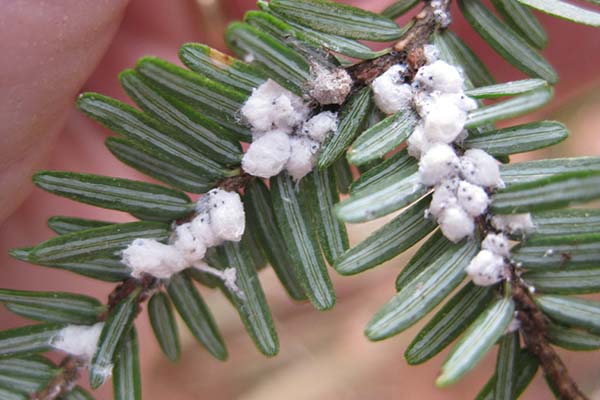
Heritage / Natural Resource Industries
Maine’s multi-faceted forest industry sector provides between $8-10B in direct economic impact. Both the natural forest and industry face significant climate-related challenges in the coming decades. In addition to the potential negative impacts of warming and changing water availability on trees, Maine has some of the highest densities of non-native forest pests in the US. Forest road use is likely to become more difficult and costly from declines in frozen days. The combined impacts of all these factors create high uncertainty for the state’s forest industry.
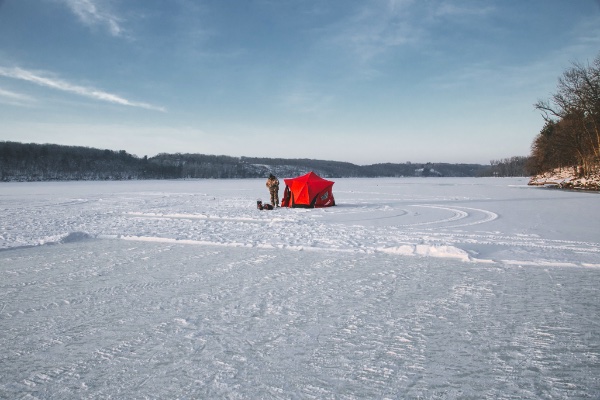
Recreation
Ice is already thawing and disappearing (AKA ice-outs) from Maine’s rivers and lakes earlier in the season due to fast-warming winters. River and lake ice is also thinner, making ice fishing and other activities more dangerous. Less snowpack and more winter rain caused by warmer winter temperatures are making snowmobiling and skiing seasons shorter and more challenging. Earlier thaws and warmer waters also lower important fish species’ survival.
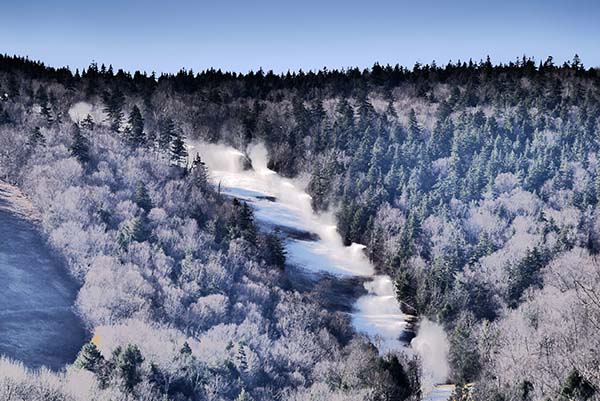
Economy
Fast-warming future temperatures, especially in winter, and declines in regional snowpack and ice cover will shorten the average snowmobile, ice fishing, ski and snowboard seasons. They will also drive up snowmaking requirements and operating costs. Fewer winter sport tourists will affect a range of businesses including restaurants, lodging, gas stations, grocery stores and bars.